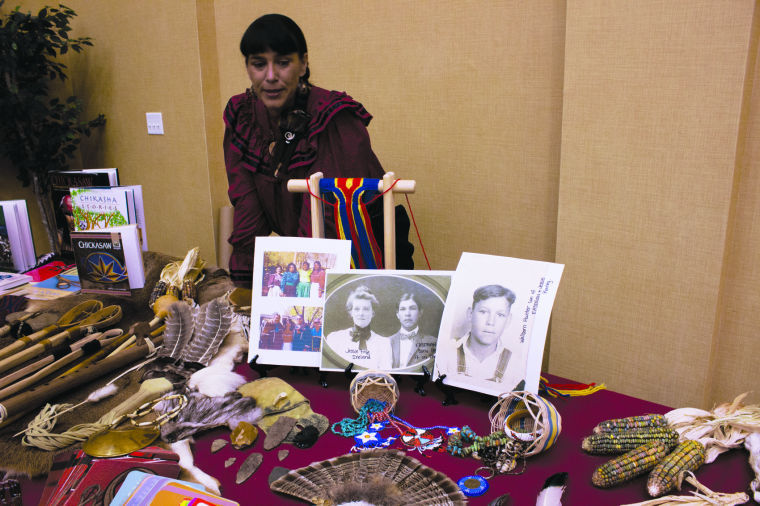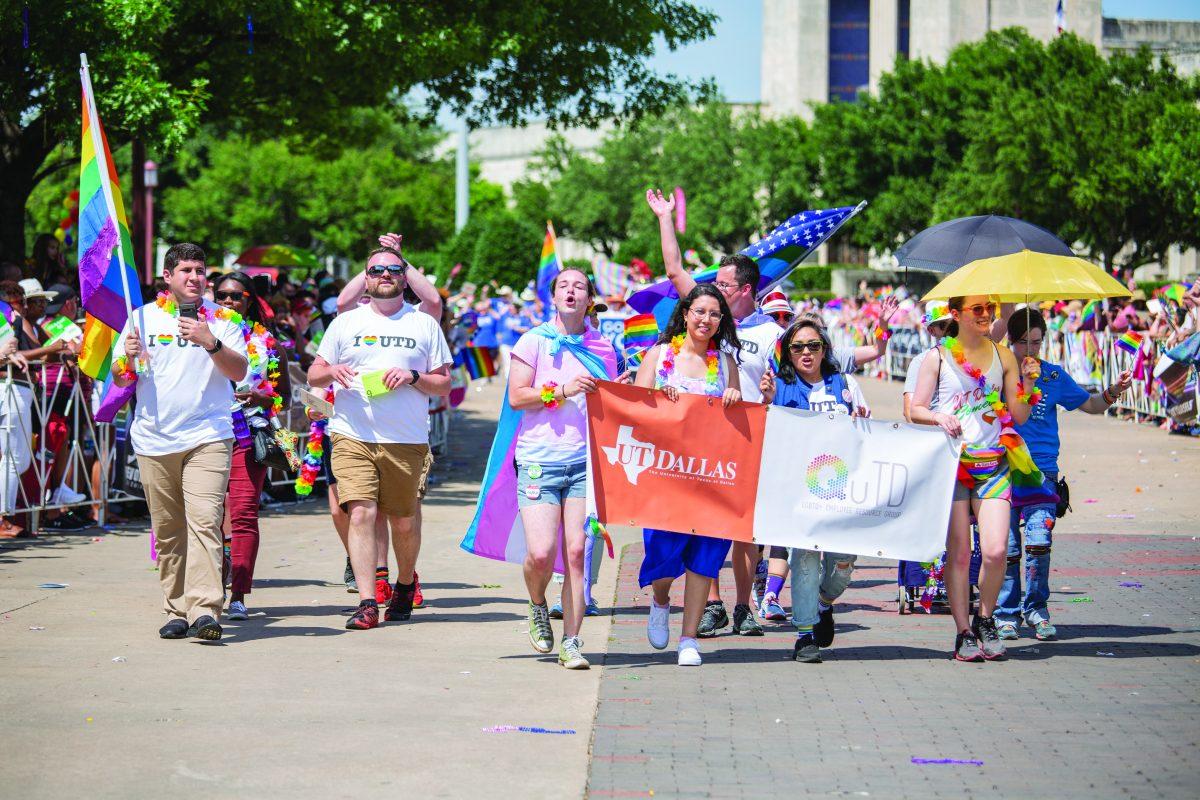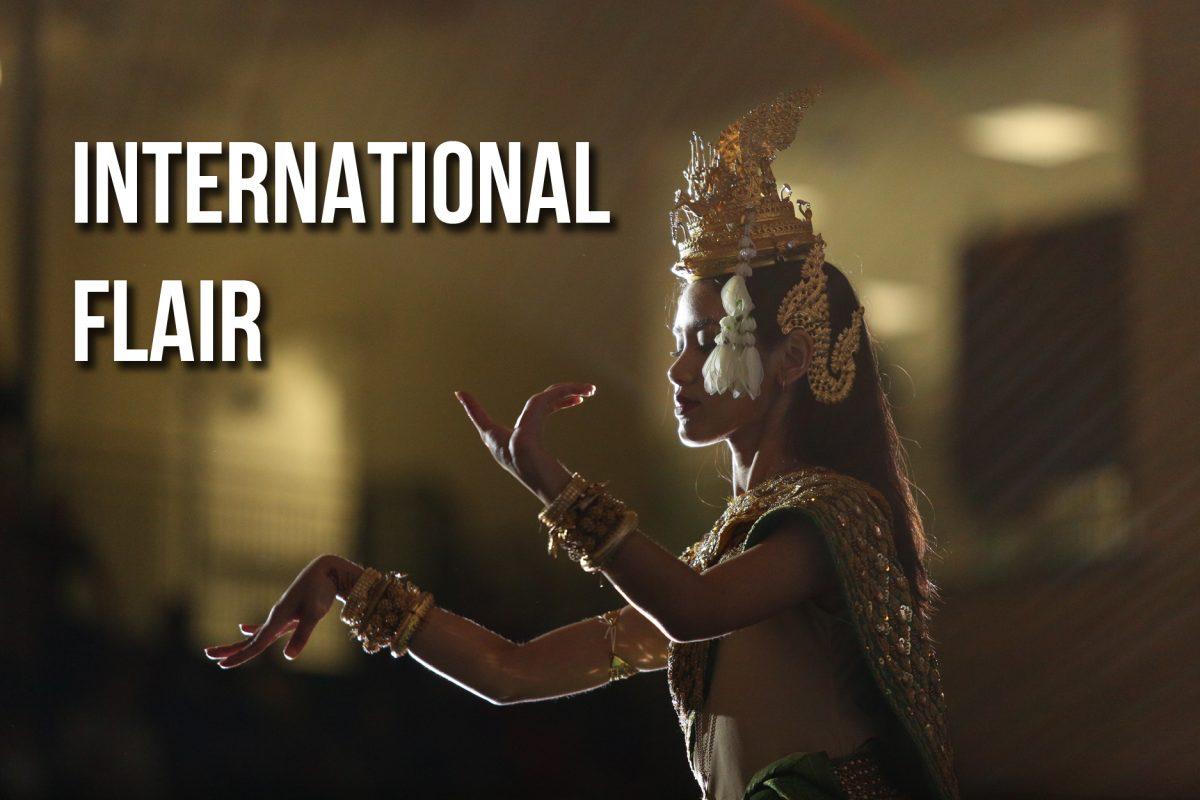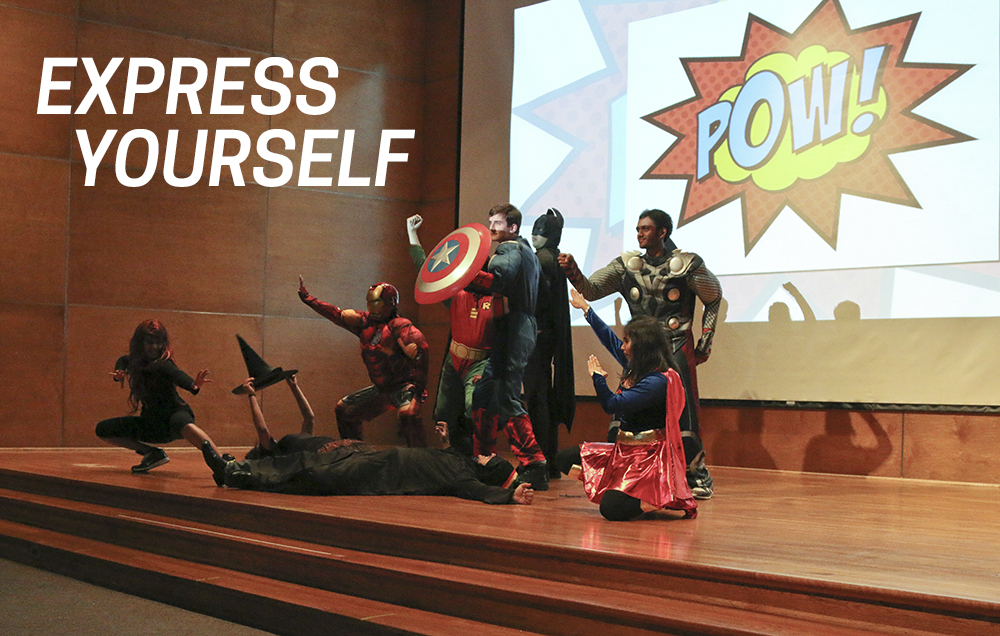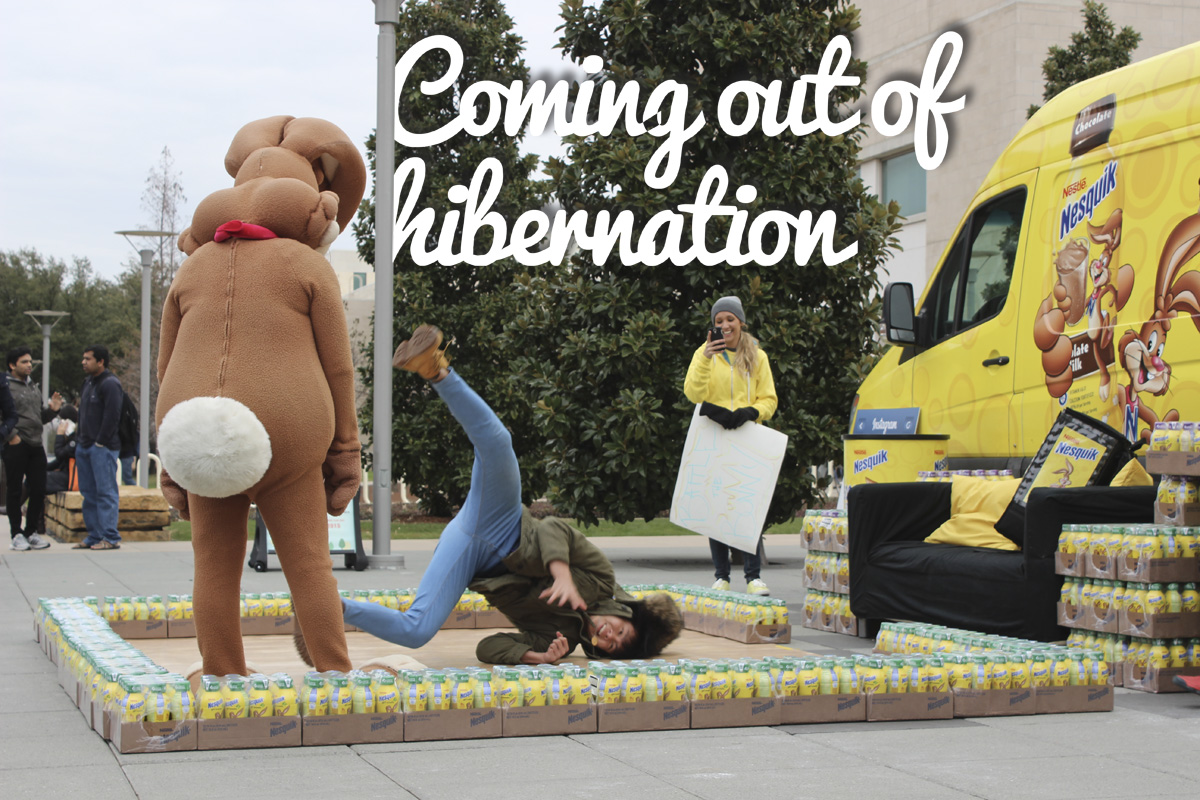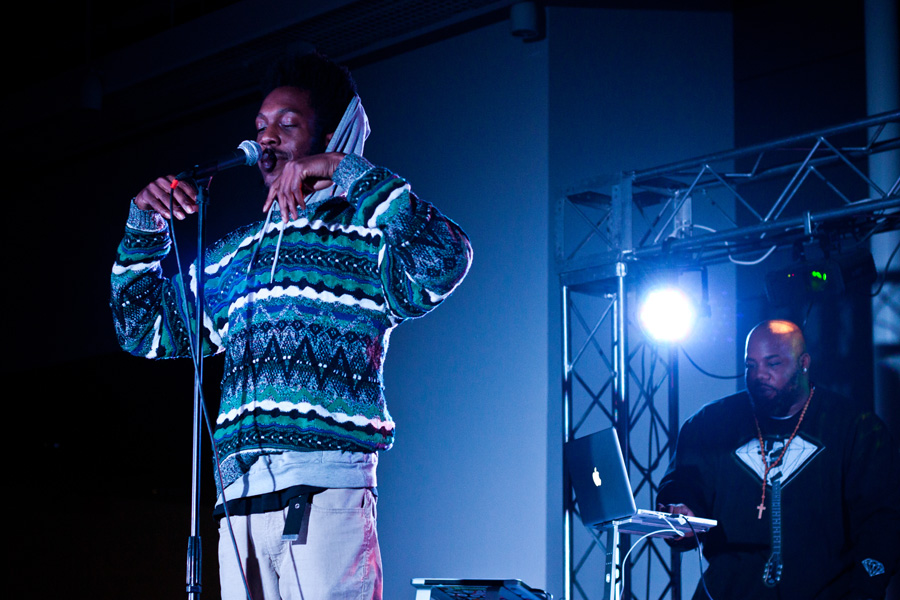Efforts to honor Native American culture met with some skepticism
Storyteller Amy Bruton-Bluemel sported her deep-red Chickasaw regalia as she spoke about the lives of Native Americans in the past and present at the Nov. 5 celebration for Native American Heritage Month set up by the Multicultural Center in the faculty dining room.
Students got a chance to learn about a specific indigenous culture, enjoy free food and make dream catchers, but not everyone agrees that this annual recognition is what the Native American community needs.
Southeastern cultures and customs
At the celebration, Bruton-Bluemel gave demonstrations of how Southeastern tribes hunted. For example, Chickasaw people once used three-foot bows and feathered arrows to hunt large game and blowguns to hunt smaller animals.
Many southeastern tribesmen also played stickball, an earlier and more violent version of lacrosse where men would play to the death.
In courtship, a Chickasaw man would play a flute for a woman he desired as a potential partner. If the woman’s father approved of the man, the two would join as partners.
Bruton-Bluemel said it’s important for non-native peoples to realize that there were hundreds of tribes and cultures before the land known as the Americas were colonized.
“Most people tend to assume that there’s only two types of Indians: There’s the plains people with the big war bonnets and then there’s Navajos, so I think it’s important to remember that there are hundreds of different cultures,” she said.
She also said that a major problem facing native cultures is the loss of language. Currently, there are very few speakers of the Muskogeean language, which is shared in varied dialect by both the Chickasaw and the Choctaw.
Bruton-Bluemel said she sometimes gets mistaken for a non-native because she doesn’t wear native clothing when she goes to places like Walmart, a traditional marketplace where many natives go.
“There’s so many people that I’ll see that will say ‘You’re not Indian, you’re not dressed like one!’ Well, in every day life I wear blue jeans and a T-shirt,” she said, “Most Indians I know, they don’t wear their regalia to go to Walmart.”
Life as a Native American Today
Political science sophomore Marisa Lucky is part of the Cheyenne-Arapaho tribe and is one-fourth Choctaw. She said she feels that a month isn’t sufficient to acknowledge the full history of native peoples — especially because it falls during the same month as Thanksgiving.
“I’m not really a supporter of Thanksgiving,” she said. “I think there’s a lot of misconceptions. ‘That’s all we get?’ is how I feel.”
Living in Texas, where according to the 2010 U.S. Census only 1 percent of the population identifies as American Indian or Alaskan Native, Lucky said its hard to find other native people on campus. Currently, there are about 2.9 million people identified as Native American or Native Alaskan in the country according to the census.
Many people don’t acknowledge the harsh mistreatment and colonization of native people in the Americas, Lucky said. In a continent where there were many millions of native people and hundreds of tribes, she said its hard to connect with her culture that seems have disappeared now.
Along with that, she said the hardships native people face today are magnified compared to those of non-native peoples.
“History of alcoholism, history of diabetes — those are all very serious on reservations and in native communities,” she said.
Suicide is also the second leading cause of death among native peoples aged 15 to 34 according to the Centers for Disease Control and Prevention.
Lucky said that when her culture is brought up in an everyday setting, some people still associate indigenous people with savages.
“I think it’s funny how we have Halloween right before Native American awareness month. You have people dressing as Pocahontas and Sacagawea or Cowboys and Indians kind of stuff. I don’t know if they understand the ramifications of that.”

